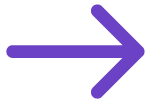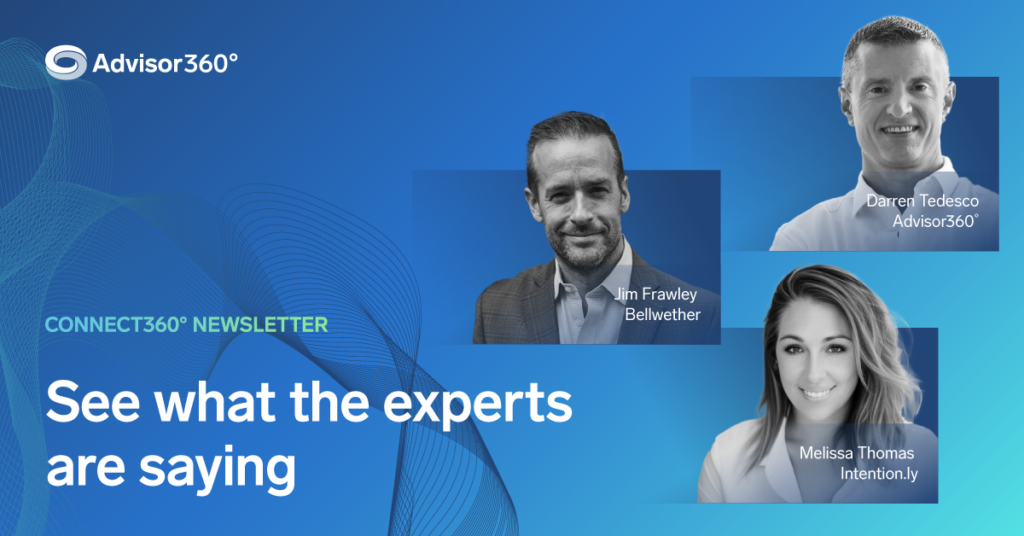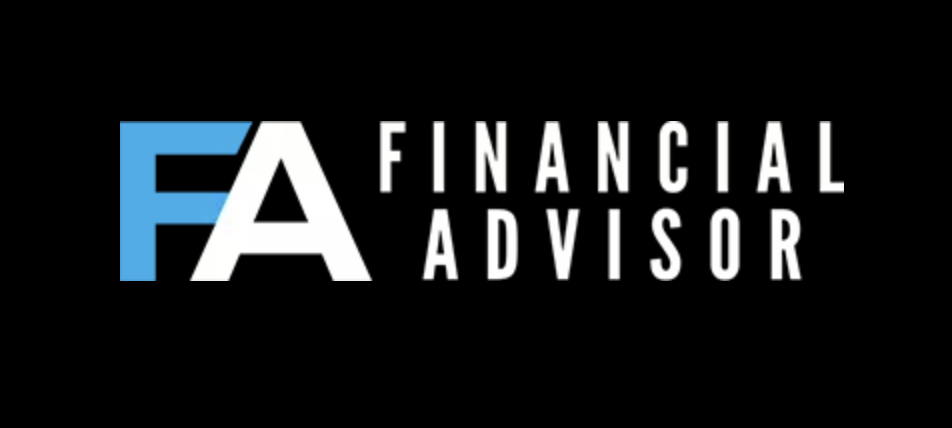
From You to Them: Reframing Your Approach to Social Media
Kelly Waltrich
October 14, 2022

We see it all the time: Businesses using their social media accounts as their personal billboards (for the purposes of this article, we’ll focus on LinkedIn, but the same ideas apply to Facebook, Twitter, Instagram and TikTok). And the truth is, it’s easy to default to using LinkedIn strictly as a promotional platform for sharing your press releases, your product features, your benefits, your awards.
It’s more difficult, but way more effective for building a loyal audience that actually wants to read your posts, to focus outward and use social media as a valuable, educational resource center – most of the time.
Because a percentage of your posts should be about you and what you do. LinkedIn isn’t a sales tool, it’s an engagement platform, which means it can be used in many different ways, a big one of them being for its original intention – job hunting and recruiting. Potential candidates will certainly be interested in what your culture is like, who your recent hires are, and what you bring to the market.
But LinkedIn has evolved well beyond its roots as a career network. Across industries, people spend time on LinkedIn connecting with their peers and learning how to do their jobs better. Importantly, that does not mean they log onto LinkedIn to request a demo of your software or read about why your latest feature is such a game changer.
Flip the script. What can you offer your target audience on LinkedIn that has nothing to do with them buying anything from you? You know them – their goals, challenges, benchmarks, struggles, uncertainties – so use that information as your foundation for LinkedIn content.
When you’re putting together your social media calendar, the key is to ensure your Them: Us ratio skews in favor of them – your audience – and doesn’t lean too heavily on self-promotion as a strategy.
So who’s doing this well?
Sales and marketing software big guns Gong and Metadata, with recent posts that include:
- Demand gen campaign dos and don’ts
- Tips for balancing demand generation with ABM
- The impact of marketing and sales alignment on sales rep retention
- A common sales team hiring mistake, and how to fix it
- How to maximize your demand gen budget while your competition is cutting theirs
In the fintech space, Helios offers up their quant-driven research twice a week with market commentary and their Most Important Thing blog feature, both aimed at helping advisors communicate more effectively with their clients about what’s going on in the market.
Individuals have mastered this, too – just take a look at Dr. Daniel Crosby’s page for a compelling combination of behavioral finance insights, psychology lightbulbs and the occasional welcome dose of humor.
And perhaps no one offers more value-at-no-cost sales content than Josh Braun, who regularly gives away cold email templates, frameworks for improving sales calls, and real-life examples of applying psychology to sales.
Evolving Your LinkedIn Presence
Not sure where you or your company fit in?
Follow this simple framework for taking the ‘me’ out of your firm’s social media:
First, start with an audit. Look back through your last ten LinkedIn posts. Count how many are focused on you – what you sell, what you’ve won, why you’re great – and how many focus on what your audience wants to know.
If the ratio is seriously skewed in favor of posts about you, consider these tips for evolving your social media presence to be more audience-centric:
- Ask your sales team the top three questions they hear on prospect calls. Create posts that answer them.
- Go back to existing case studies. What problems were your clients facing before they found your solution? Build content around those challenges.
- Talk to your clients. What are they dealing with right now that may or may not have anything to do with your business? Encourage thoughtful discussions about those topics on your platform.
Once a month, go back and review your posts. Over time, that ratio should shift in your audience’s favor. The benefits of this are clear for them: Free, valuable content they can take and use to improve performance, profitability, engagement, etc.
But there are distinct, powerful advantages for your business, too – three in particular:
Shareability: When’s the last time you shared the news about some other company’s funding round or industry award with your team? Probably never. But a concrete list of five tips for improving client outreach, or a thorough breakdown of a new industry rule? Those posts are shareable because they help your audience either a) learn something new or b) do their jobs better.
And what gets shared may not get measured – there’s no way to track social media posts sent through Slack, for example – but it does get amplified. Shareable information drives your message outside of your immediate followers to a wider audience, reaching potential prospects who may not be following you on social media yet.
Brand affinity: People like people who help them. It sounds simple, and it is, but it’s also a powerful tool for business growth, especially if you’re in a commoditized space with a number of competitors.
Word of mouth: Not everyone who benefits from your content will be able to buy from you – immediately or ever. But the somewhat ironic thing about creating content without the intent to sell is that it often ends up helping you sell after all – due in large part to grateful followers telling others about you.
We mentioned above that it’s difficult to track whether your educational posts are being shared through private channels like Slack, Teams, email or DMs. But there are ways to determine if changing your social media strategy from you-centric to audience-centric is having a positive impact on growth and revenue:
- Track number of followers on LinkedIn. Is it growing? More importantly, is the number of followers in your target audience growing?
- Look for qualitative indicators, like engagement in the comments from followers that match your ideal client profile.
- Pay attention to number of website visitors, especially via direct traffic or branded searches. These should increase as you ramp up your valuable, educational posts.
- Add an open text, ‘How did you hear about us?’ field to your demo or contact us form. People will report whatever their most memorable interaction was with you and your content.
As with any change you make in marketing, don’t expect to see results overnight. Give your audience-focused social media strategy at least six months to start making a difference.




